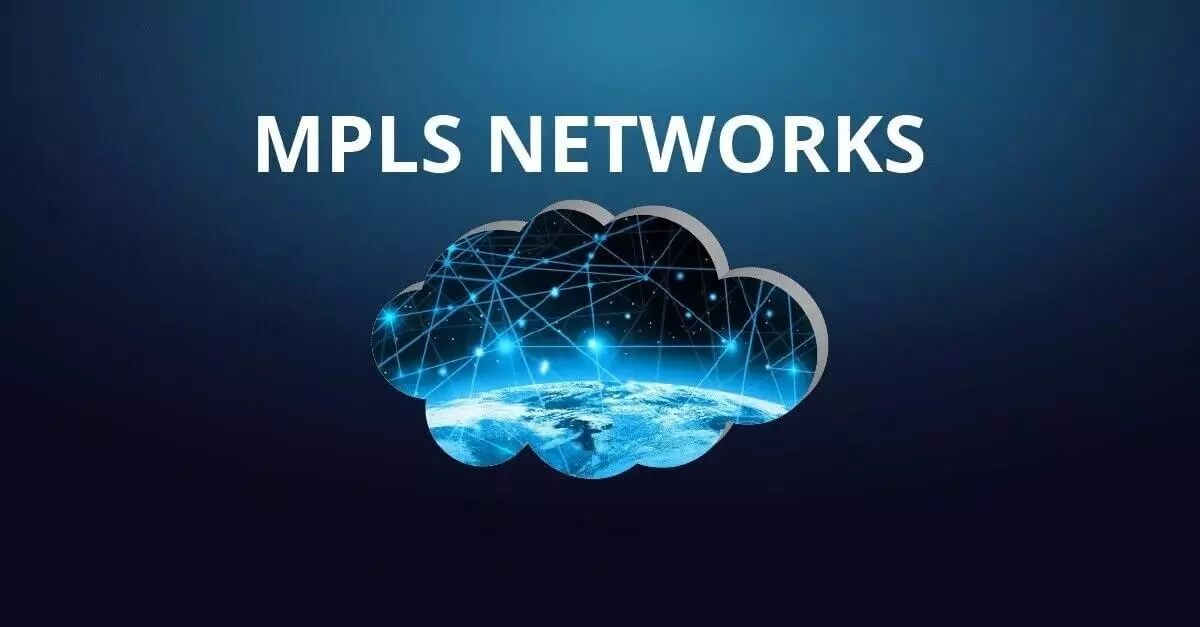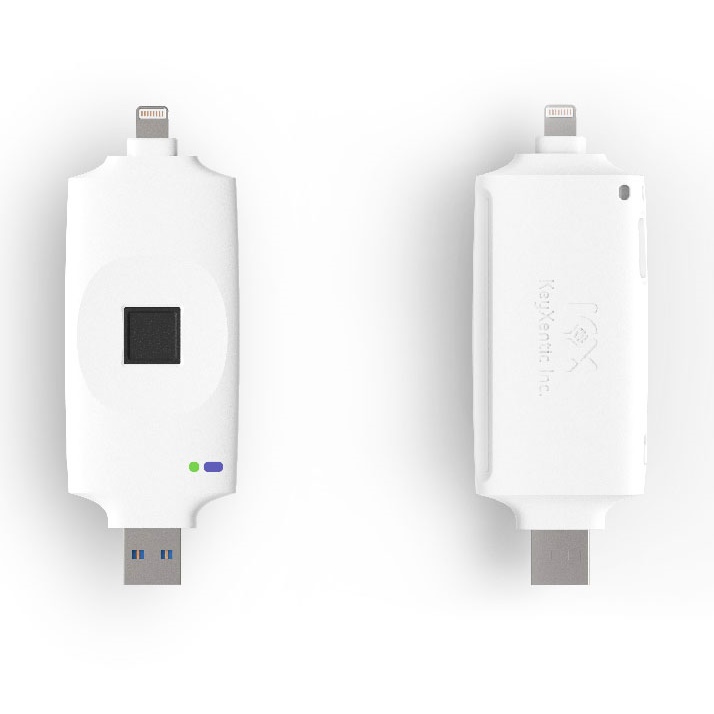The MPLS protocol is used to speed up and shape network traffic flows.
MPLS stands for MultiProtocol Label Switching. It’s a way to forward packets faster through a network. The MPLS protocol assigns each data packet a label based on the contents of that label without having to examine the packet itself. This allows one router to forward data to another router without having to do a complex routing table lookup for each packet. In effect, MPLS implements a high-performance virtual private network (VPN).

Multiprotocol Label Switching (MPLS) is a type of data-carrying technique for high-performance telecommunications networks.
It forwards packets from one network node to the next based on short path labels rather than long network addresses, avoiding complex lookups in a routing table. Rather than identifying endpoints, the labels identify virtual paths between distant nodes. As a result, MPLS packets can contain packets from various protocols.
MPLS was designed to deliver data packets over optical and packet-switched networks at high speeds. It was formalized in RFC 3031 and has been enhanced by subsequent RFCs, notably RFC 5462, which specifies how MPLS can be used as a VPN technology.
MPLS is similar to Internet Protocol (IP), but it operates at layer 2 of the OSI model rather than layer 3. That makes it less complex and more efficient for router processing.
MPLS Networks – Why Should You Consider Them?
How MPLS Can Help You? Well, MPLS can create efficient, highly scalable, and flexible networks through the use of virtual private networks (VPNs). Forwarding packets by reading a label has proven faster and more reliable than forwarding packets based on destination IP address.
Key Advantages of MPLS:
- Enables both unicast and multicast traffic to be carried over Layer 2 with guaranteed quality of service (QoS) levels
- Provides high performance with low overhead for both unicast and multicast traffic
- Helps you scale your network with proven reliability and manageability through virtual routing and forwarding instances (VRF)
- Provides a flexible backbone infrastructure capable of supporting VPNs
- Allows you to create redundant, reliable multipath loops for resilient operation

I’m Aurelia Brown! I blog about tech, how to use it, and what you should know. I love spending time with my family and sharing stories of the day with them.













